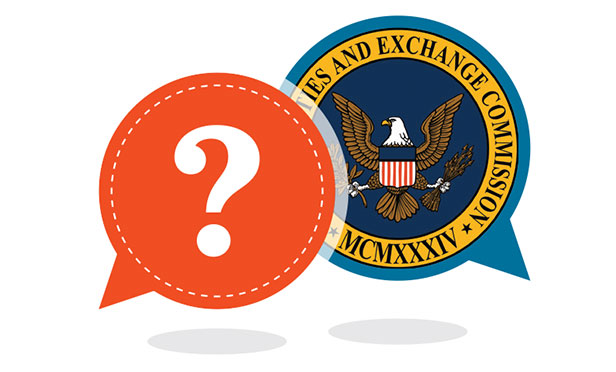 The staff of the U.S. Securities and Exchange Commission’s Division of Investment Management recently released updated guidance to what advisors know as the Custody Rule (Rule 206(4)-2 under the Investment Advisers Act of 1940). The updated guidance comes in the form of two new additions to its Custody Rule Frequently Asked Questions.
The staff of the U.S. Securities and Exchange Commission’s Division of Investment Management recently released updated guidance to what advisors know as the Custody Rule (Rule 206(4)-2 under the Investment Advisers Act of 1940). The updated guidance comes in the form of two new additions to its Custody Rule Frequently Asked Questions.
Specifically, the new guidance seeks to clarify a concept addressed by the staff in its February 2017 Guidance Update — “Inadvertent Custody.” Inadvertent Custody can arise when an investment advisor “may inadvertently have custody of client funds or securities because of provisions in a separate custodial agreement entered into between its advisory client and a qualified custodian.”
The staff’s first new FAQ provides guidance for advisors who may not be aware of whether their clients’ agreements with qualified custodians grant the firm “Inadvertent Custody” and whether they would be required to comply with the Custody Rule.
The staff provides what initially seems to be helpful guidance for advisors who are not aware of the terms included in their clients’ custodial agreements. The FAQ response states that “[a]n adviser that does not have a copy of a client’s custodial agreement, and does not know, or have reason to know whether the agreement would give the adviser Inadvertent Custody, need not comply with the [C]ustody [R]ule with respect to that client’s account if Inadvertent Custody would be the sole basis for custody.”
There are some nuances created by the staff’s guidance, particularly since many advisors maintain records of their clients’ custodial agreements. Accordingly, advisors who maintain such records would likely be unable to rely on this guidance because they would “have reason to know” the permissions granted to the advisor through the custodial agreement. The staff’s FAQ response goes on to state that “…this relief is not available where the adviser recommended, requested, or required a client’s custodian.” This may impact a large number of advisors, as many of them recommend to clients where to maintain their accounts. Also, on the face of the guidance, it appears that advisors who only have relationships with a single or select custodians could be viewed as having “recommended, requested, or required” a client’s custodian.
Platform Twists This guidance may be useful for advisors who manage retirement accounts within participant-directed retirement plans or subaccounts for variable annuities. These assets typically are required to be held through a particular platform, and therefore, the advisor often is forced to use that platform provider, rather than recommending their own preferred custodian.









 July 30, 2018 at 04:00 PM
July 30, 2018 at 04:00 PM








